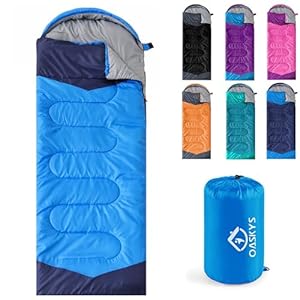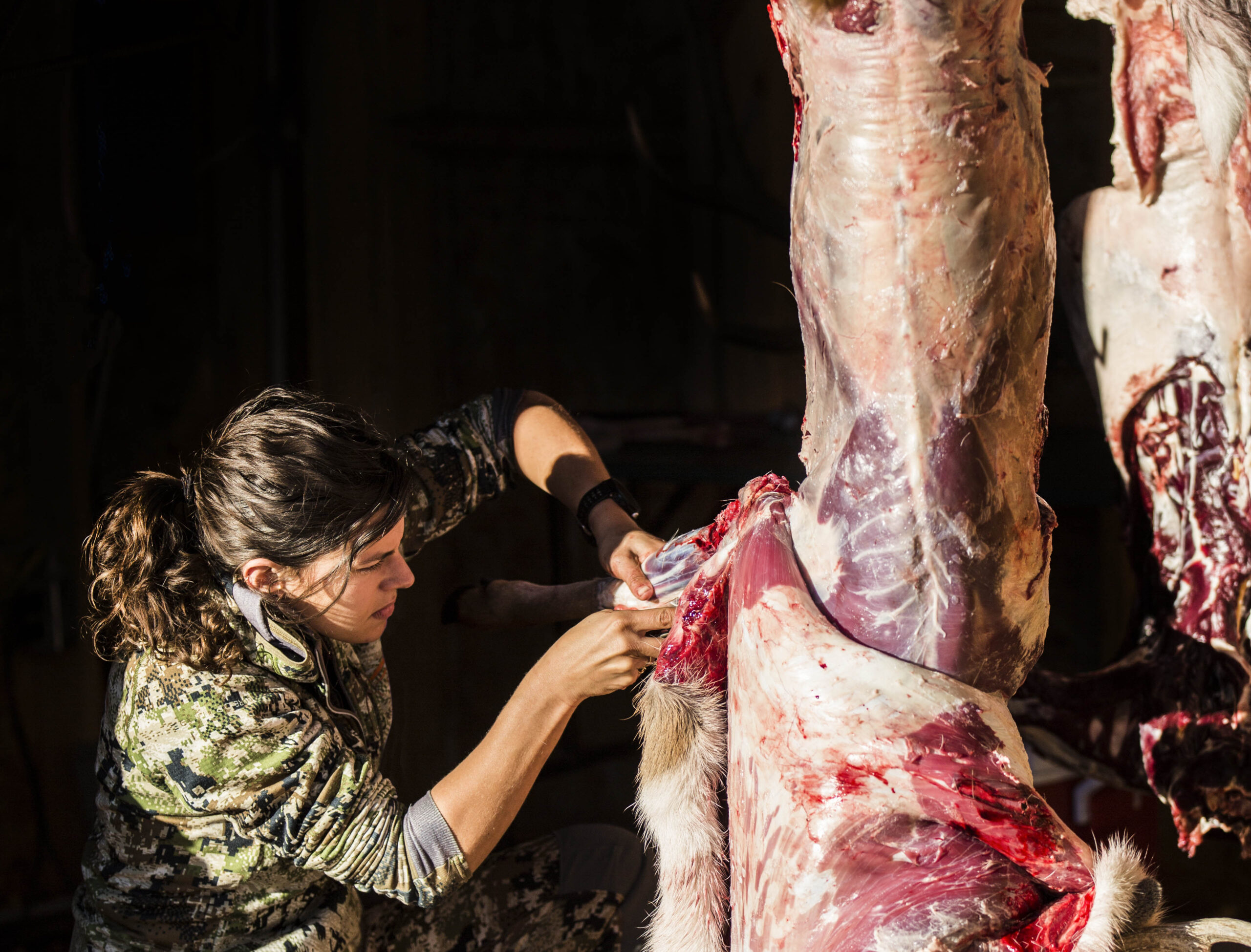
For those who ask a dozen hunters how one can pores and skin a deer, you’ll discover that all of them does one thing barely totally different. Whereas that could be irritating for newer hunters, it also needs to be reassuring: There’s nobody proper manner or proper order to pores and skin a deer. So long as you observe the overall strategies and useful ideas outlined under, you’ll have the ability to pores and skin a deer very quickly.
When you do get the hold of it, skinning a deer is fast and straightforward. Butchering and packaging a deer can take all afternoon however “if it takes me 10 minutes to pores and skin a deer,” says Cheyne Matzenbacher, a one-time deer processor and present deer outreach specialist for the National Deer Association, “that’s a very long time.”
Desk of Contents
Learn by the entire article or click on on a subject under to leap forward.
Gear for Skinning a Deer
Though there are many instruments and setups that may make skinning a deer a lot simpler, the one factor you really want is a pointy knife. The best skinning knives are sometimes useful sufficient for maneuvering however sturdy sufficient for joint work. There’s nothing improper with utilizing a small folding skinning knife within the backcountry or an extended filet knife. Simply don’t use a uninteresting knife — it’s harmful and takes longer to complete the job.
Required Gear
Elective Gear
Put together Your Deer for Skinning
Earlier than you possibly can pores and skin your deer, it’s essential to intestine or field dress your deer, which includes eradicating the interior organs from the chest and belly cavities. As soon as your deer is gutted, you’ll ideally need to hold it. It’s definitely attainable to pores and skin your deer on the bottom or the mattress of your pickup (I’ve finished each many occasions), and in case you plan to do that, you must research up on the gutless method of skinning deer and different massive recreation. This course of is most popular by backcountry hunters who quarter their deer within the subject, slip the meat into recreation baggage, and pack it again to camp or their vans.
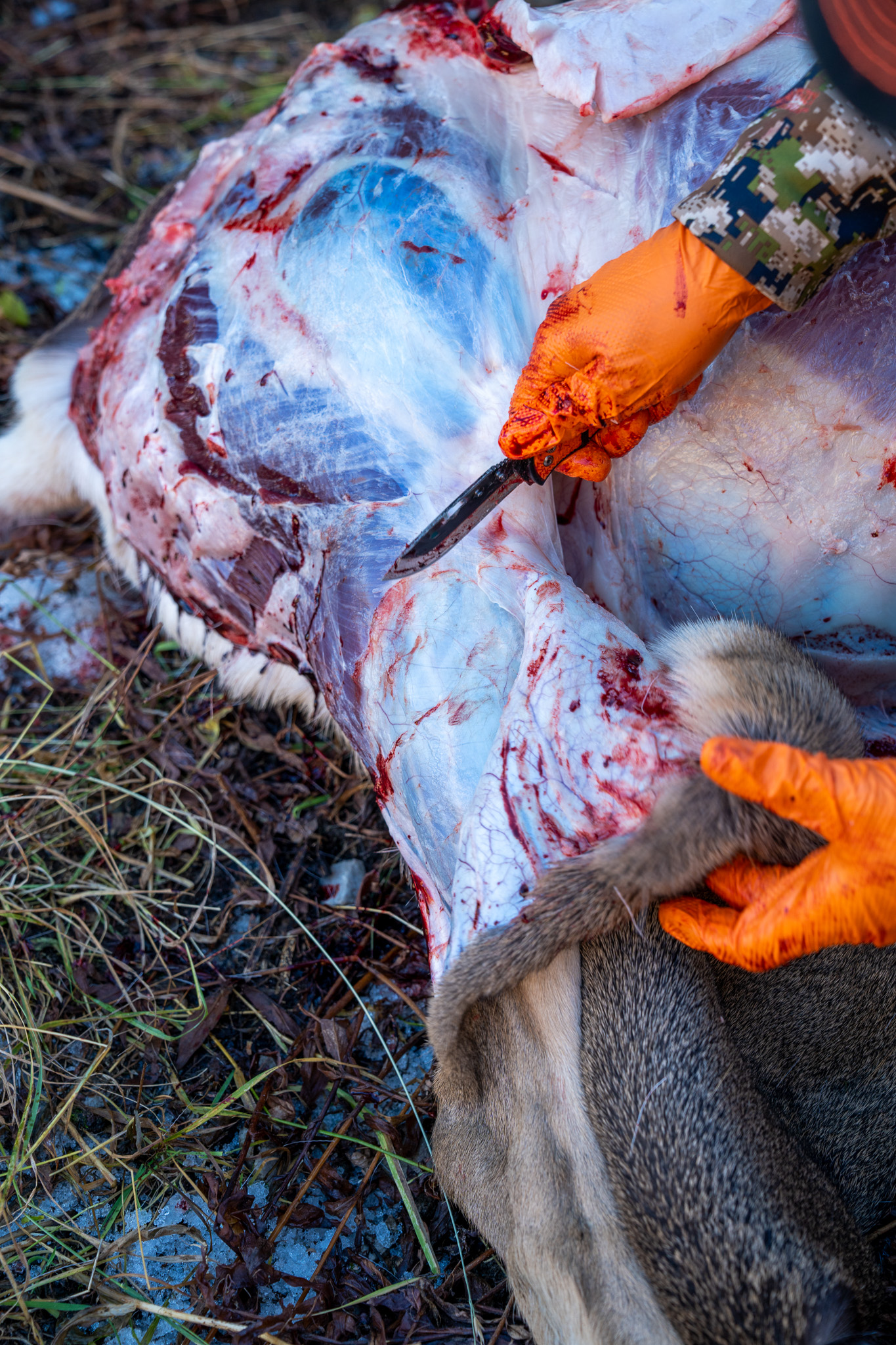
However for many whitetail hunters and Western hunters who hunt near house, it’s simpler and sooner to pores and skin a deer that’s hanging. The meat can even keep cleaner if it’s hanging as an alternative of touching dust, micro organism, and deer hair on, say, your tailgate. There are a dozen strategies for hanging a deer, they usually all rely in your location and the instruments out there to you.
- In case you are within the subject, think about getting a hoist that fits into the receiver hitch of your automobile. These contraptions are comparatively cheap contemplating they may help a solo hunter carry a deer into the truck and create a cell work station for skinning and quartering work. Matzenbacher often hunts by himself and makes use of his to load deer or pores and skin his deer proper the place he killed it. Hitch hoists have the additional advantage of serving to hunters like Matzenbacher keep compliant with CWD-carcass transportation legal guidelines. (For those who’re not allowed to cross county or state strains with bone-in meat, spinal columns, and heads, you’ll have to pores and skin and quarter your deer earlier than hitting the highway.)
- For those who’re within the subject or again at camp, you need to use rope (greatest mixed with a block and deal with) to hoist a deer right into a tree, onto a meat pole, or into barn rafters.
- If you wish to create a devoted skinning shed with entry to a generator or electrical energy, think about getting an electric cable hoist, which does the heavy lifting for you, lets you simply alter the peak of the deer as you’re employed, and might even make it easier to pull the pores and skin off your deer (extra on this in a minute).
Ought to You Grasp Deer Head Up or Head Down?
Deer hunters are divided on this query. You may pores and skin a deer that’s hanging head up or head down, however there are benefits to every methodology. When Matzenbacher labored as a deer processor for a season, he and his coworkers would hold deer by the top or neck to pores and skin the animal, then flip it to hold head-down for butchering.
“Take into consideration how a deer jumps over a fence: His legs are folded up in opposition to his physique. Let gravity make it easier to, and let the pure manner a deer goes to fold up make it easier to pores and skin it,” says Matzenbacher. “Don’t combat it.”
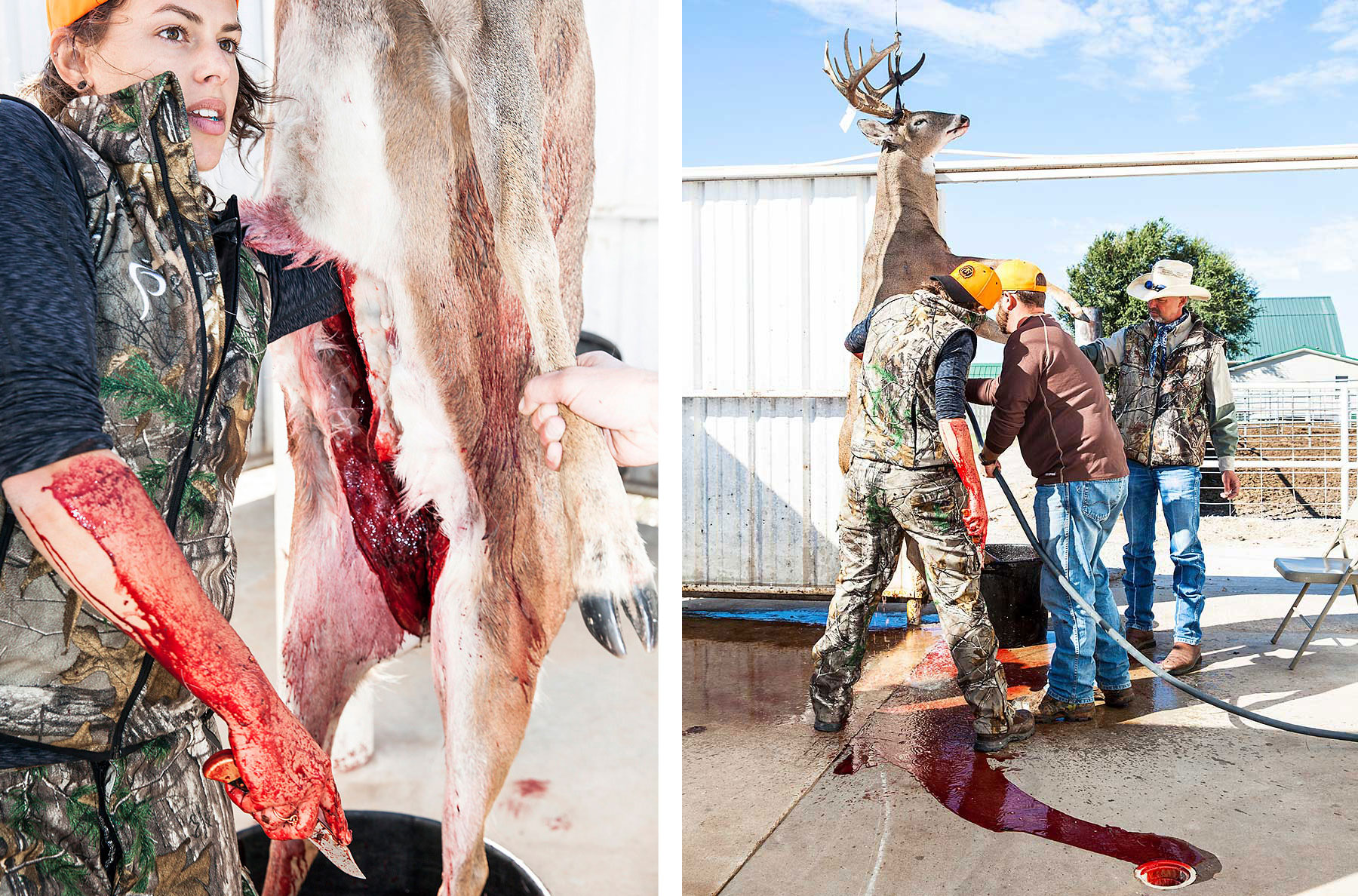
Execs and Cons of Hanging a Deer Head Up
- Simpler to intestine the deer in case you’re doing it as soon as it’s hanging as a result of the entrails fall out extra simply
- Simpler to drag the cover over the shoulders and previous the forelegs
- For those who shoot a pleasant buck and plan to get it mounted, don’t hold it by the neck — this can injury the cape. You may, nonetheless, hold it by the antlers (keep away from doing this in January or as deer strategy shedding season — you don’t need to pop half the rack off).
Execs and Cons of Hanging a Deer Head Down
- Barely extra work to pores and skin the forelegs and shoulders
- Already hanging by the achilles tendons so butchering turns into a lot simpler
Basic Ideas for Skinning a Deer
- If it’s sizzling out, pores and skin your deer quick. Work shortly to get the cover off of your deer, then hold the meat within the shade or a walk-in cooler if attainable. Eradicating the cover shortly permits the meat to chill and permits air to flow into round it; each stop spoilage.
- If it’s chilly out, pores and skin your deer whereas it’s nonetheless heat. Skinning a frozen deer is a ache and even harmful: It’s arduous to take away the pores and skin, your arms will go numb, and it turns into straightforward to chop your self. As a substitute, take away the cover whereas the deer continues to be heat and the cover is pliable. It is going to go a lot sooner, your arms will keep heat whilst you work, and also you’ll scale back the chance of a careless or errant knife stroke.
- Keep away from reducing deer hair as a lot as attainable. Reducing deer hair dulls your knife and it additionally will get hair in your meat. Other than the round cuts you make round every leg, all of your cuts and knife work needs to be finished with the blade of the knife going through parallel to, or away from, the deer meat. In different phrases, slip the knife tip beneath the deer pores and skin and lower out. For those who’re slicing by the cover, make these cuts from beneath the pores and skin.
- Put down the knife and pull the cover when attainable. When you pores and skin the cover away from the legs and also you’re engaged on the torso, yank on the cover and drag it towards the bottom, or maintain it as somebody makes use of the electrical cable hoist to drag the deer up whilst you yank down. The cover on a heat deer pulls off like a sweatshirt.
- For those who unintentionally lower a gap within the cover, use it as a handhold. The truth is, I intentionally lower holes in my deer cover because it falls away so I’ve higher leverage to yank it towards the bottom, notably across the hindquarters and torso. (Don’t do that in case you plan to save lots of the cover for tanning or in case you’re getting your buck mounted; a great taxidermist can repair small cuts, however you don’t need to unnecessarily put holes in a cover you propose to maintain.)

- Don’t lower off the tarsal glands. “One thing I all the time heard once I was a child is that you just gotta get those tarsal glands out of there or they’ll break the meat. You then’d watch a man lower the tarsal glands off very first thing and butcher his meat with that very same knife,” says Matzenbacher. “I don’t need pee and micro organism on my knife, particularly to chop the deer up that I’m going to eat.” As a substitute, Matzenbacher merely avoids touching the tarsal glands altogether. The dimensions of those glands varies with every deer and the time of yr, and he both skins them off with the remainder of the cover or makes use of loppers to chop them off with the decrease legs.
- Strive utilizing loppers, a bone noticed, or Sawzall to take away the legs and head. My deer looking buddies like to make use of a butcher’s bone saw or reciprocating saw to chop deer legs and vertebrae. I choose to make use of my knife since I hunt within the backcountry, too, the place there are not any hand or energy instruments (I additionally don’t like bone mud on my meat). Matzenbacher prefers loppers, which he can preserve in his truck together with the hitch hoist. Use no matter instruments you may have useful to make the simplest, most secure cuts.
- If you’re finished skinning, don’t rinse or hose your deer. That is one other hotly debated subject amongst hunters, however specialists agree that rinsing deer meat at this stage is inadvisable as a result of it encourages bacterial growth. You need to keep deer meat dry. In case your deer was intestine shot otherwise you punctured the abdomen whereas subject dressing, it’s okay to rinse out the rib cage and the tenderloins, that are situated beside the interior organs. As soon as, I even watched an clothes shop evenly torch the deer I had simply skinned throughout to “burn off stray hairs” nonetheless on the meat. I additionally don’t advocate this: All it completed was to make my venison scent faintly of torched hair. Stray hairs on the meat will come off with the fascia as you break down your quarters, anyway. The higher you get at skinning, the much less deer hair you’ll get on the meat and have to choose off later.
Tips on how to Pores and skin a Deer, Step by Step

I pores and skin all my deer head-down, in order that’s how I’ll stroll you thru this instance. If you wish to strive the head-up methodology, the ideas are all the identical. Simply begin on the neck and work your manner down. In case you are planning to shoulder mount your deer, don’t observe all of those directions; you’ll have to make very cautious cuts close to the forelegs and chest. These conventional directions are for does or for bucks you propose to cranium cap or Euro mount. Lastly, redneck ingenuity abounds in terms of skinning deer, and in case you’re fascinated with working smarter, not tougher, think about the golf-ball trick or skinning your deer with your truck.
1. Minimize the cover on all 4 legs
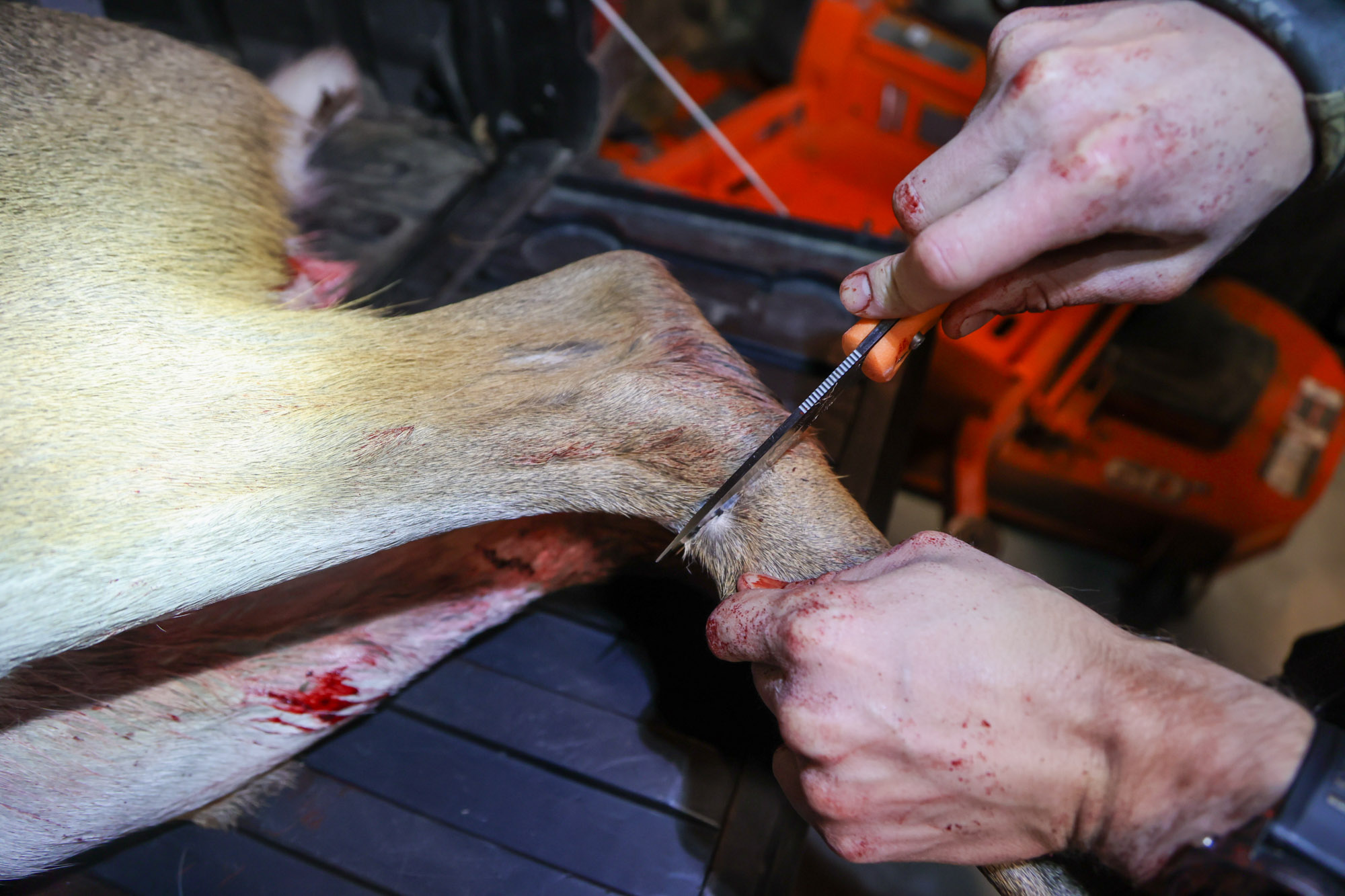
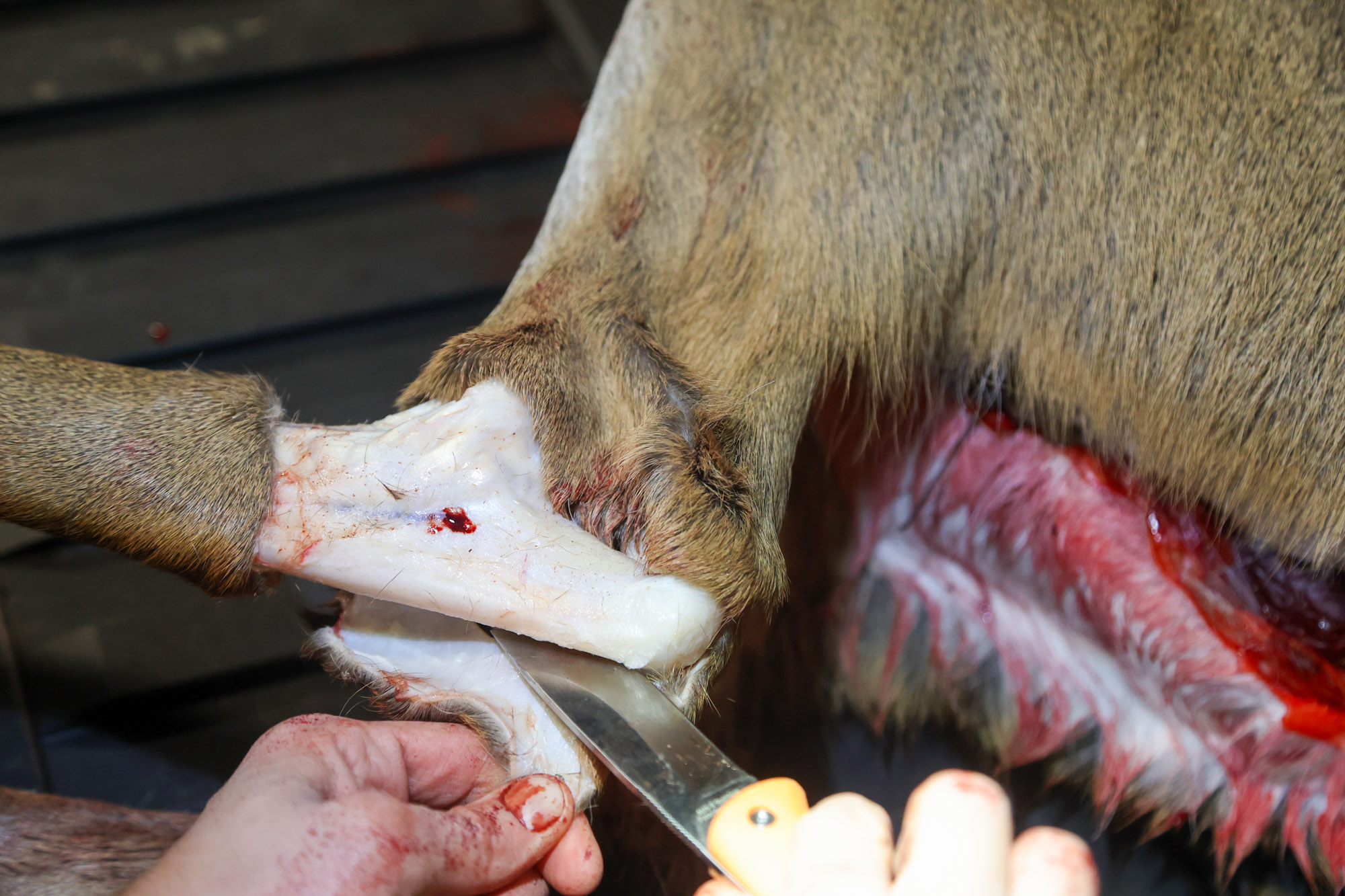
Make similar round cuts close to the knee joints, circling the skinny bone of the decrease leg on the aspect nearer to the hoof. (That is the one time try to be reducing down on deer hair. For all the remainder of the cuts, insert your knife beneath the cover and lower parallel to the meat or away from the meat.)

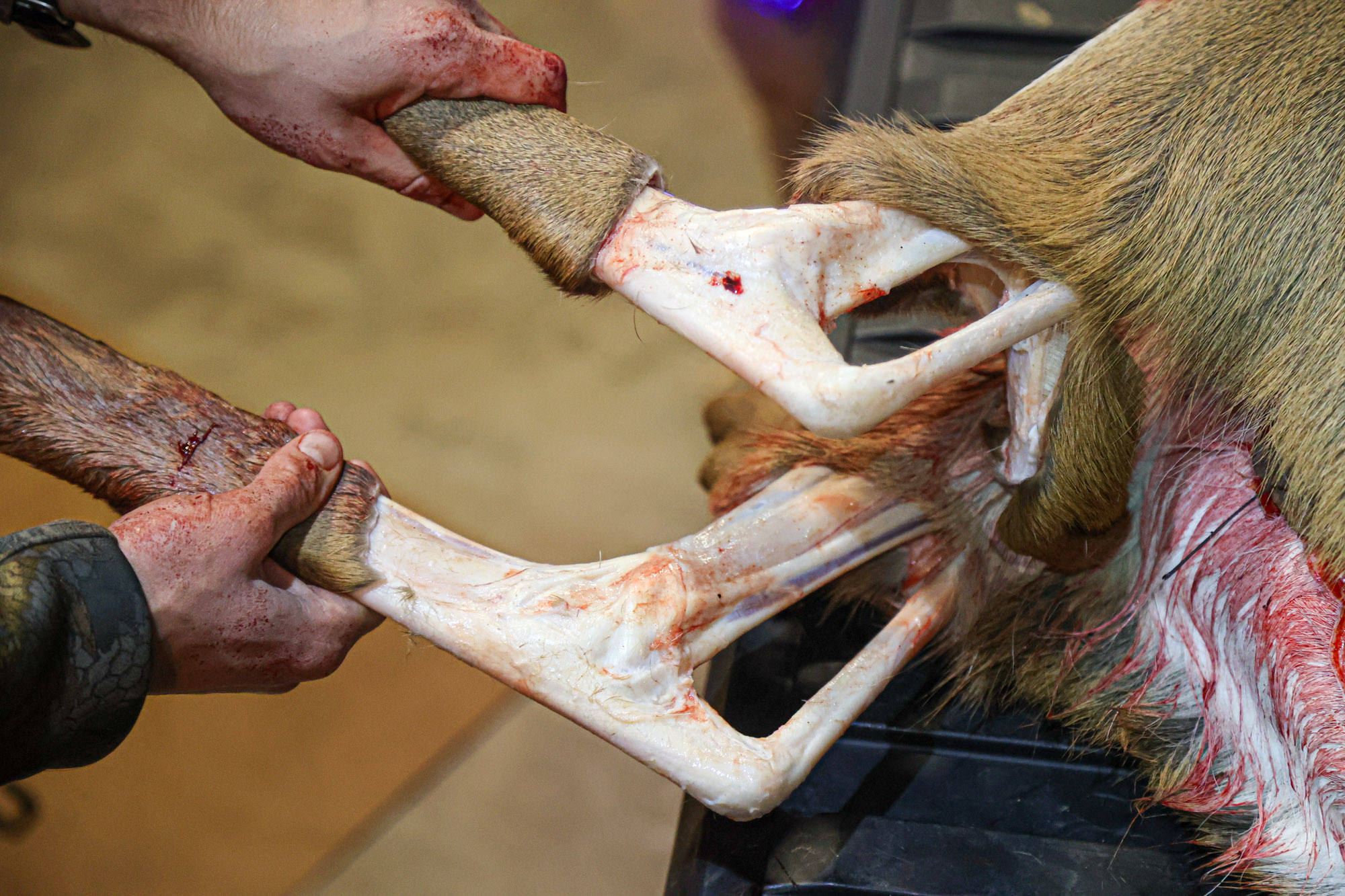
Slip the tip of your knife beneath the cover inside one hind leg. Making use of even stress, lower up and out in a single clean movement as you run your blade towards the pelvis till you attain the lower you made whereas subject dressing. Do that on the opposite hind leg, then begin to pores and skin the cover away from the tendons the place you’re going to place the gambrel and expose the knees. The concept is to take away simply sufficient cover that you just don’t must pores and skin across the steel of the gambrel when you hold the deer.
2. Grasp your deer (optionally available)
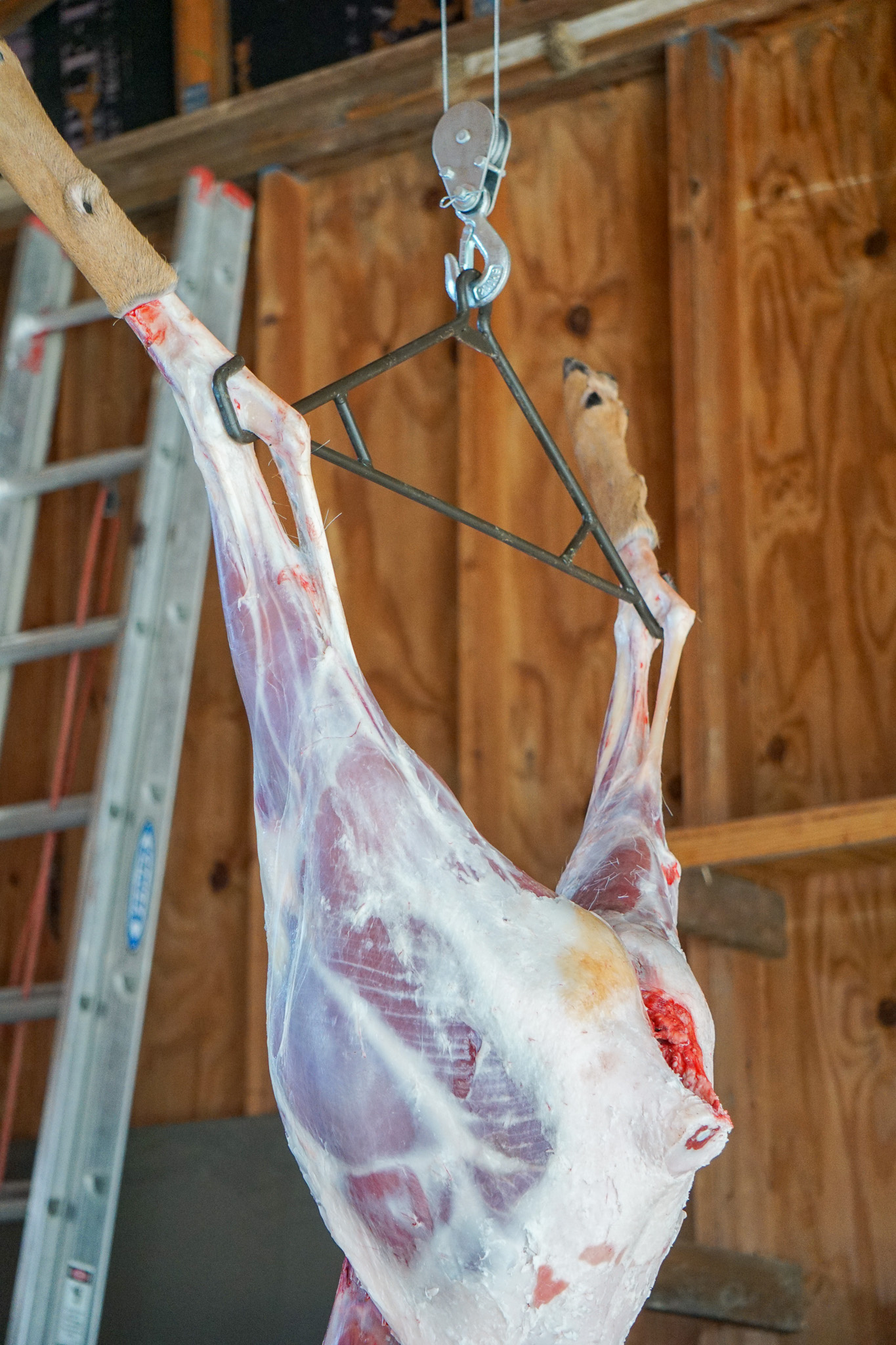
Thread the gambrel by the pure holes you simply uncovered within the hind legs (between the bone and thick tendon) and hoist your deer. Tie it off at a cushty peak to work on the hindquarters
3. Take away all 4 decrease legs
Word: You may carry out this at virtually any level within the course of. Some hunters choose to do that earlier than hanging their deer, others do it as wanted all through the method (as pictured). You can too use loppers or a reciprocating noticed for this and should desire a noticed for the hind legs; simply take care to not lower the massive tendon on the hind legs.
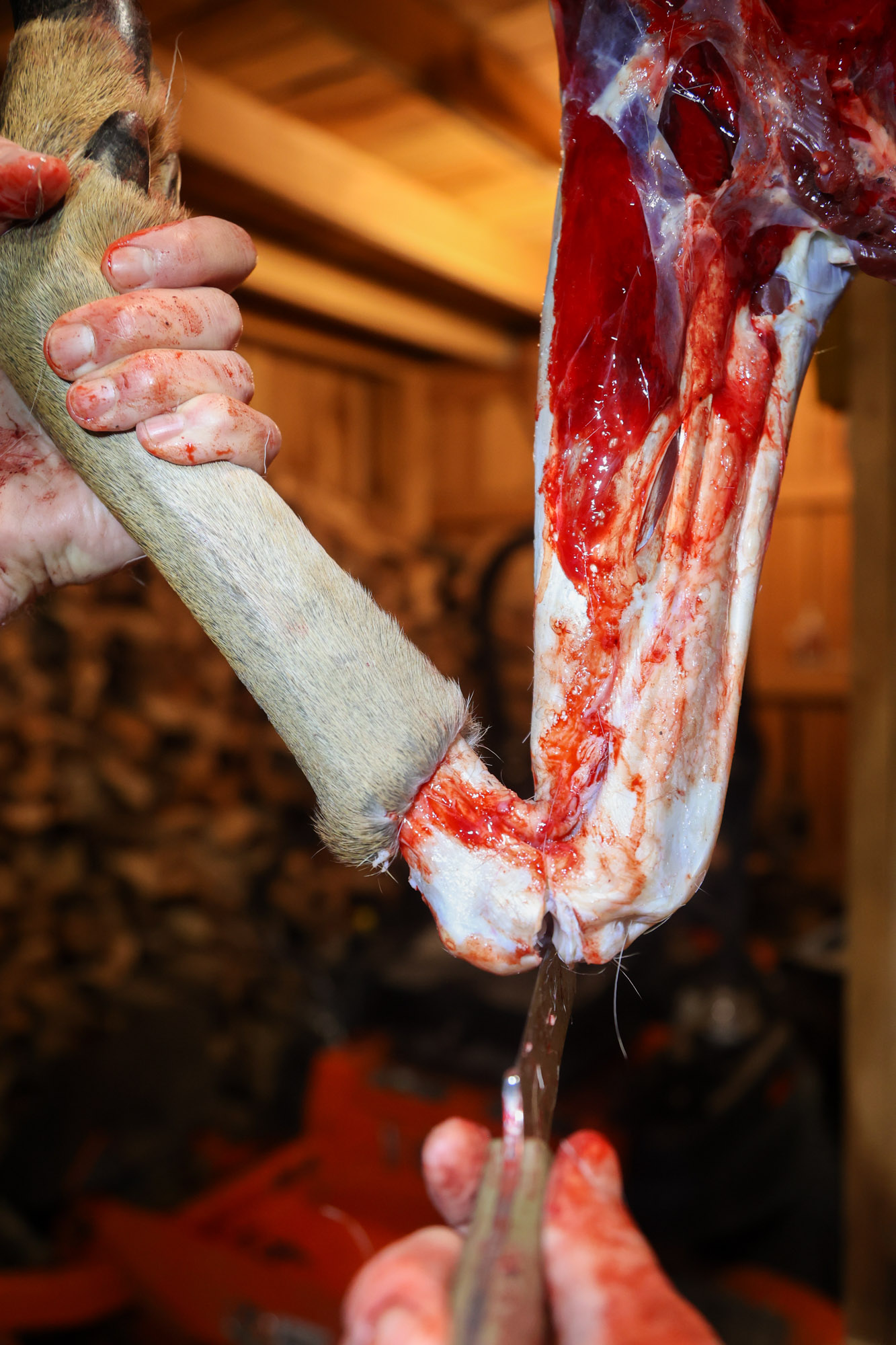

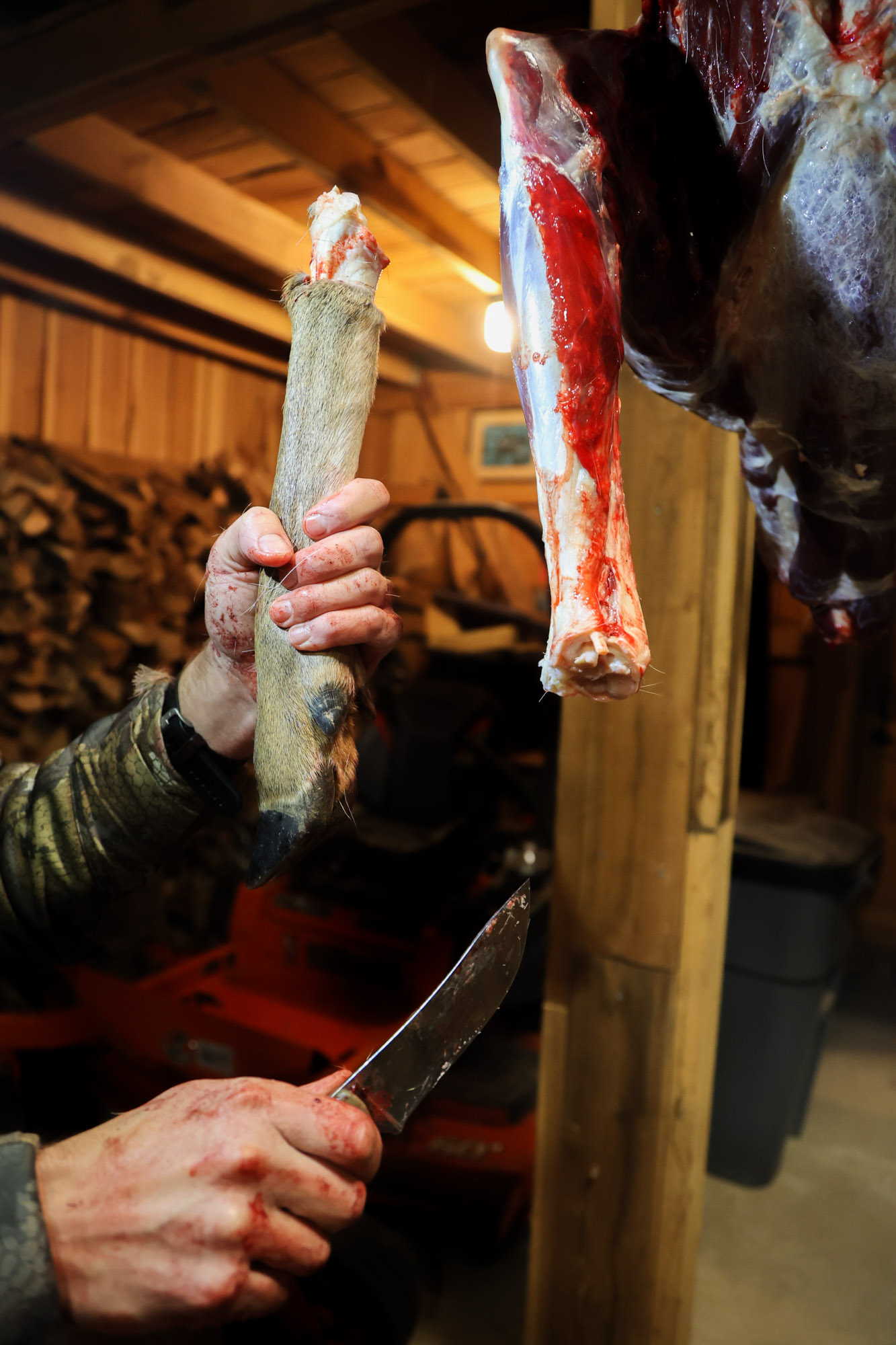
Barely bend the entrance legs and lower by the joint. Wiggle the leg to search out the weakest level and use your knife blade to chop perpendicularly by the tendons and between the bones till the joint is free. This may occasionally appear tough at first, however it’s simpler than it looks.

4. Minimize alongside the within of each hind legs

Run your knife between the decrease leg cuts and the lower alongside the stomach you made whereas subject dressing. Do that on each side of the inside hindquarters. Mixed with the decrease leg cuts (or elimination) these are the foremost cuts that may permit you to pores and skin most of your deer.
6. Begin skinning the hindquarters

Utilizing your off hand to carry the cover and your knife hand to make cuts parallel to the meat, start to peel away the cover. Work from the within of the hind leg round to the surface. Do that on each side.
7. Take away the tail
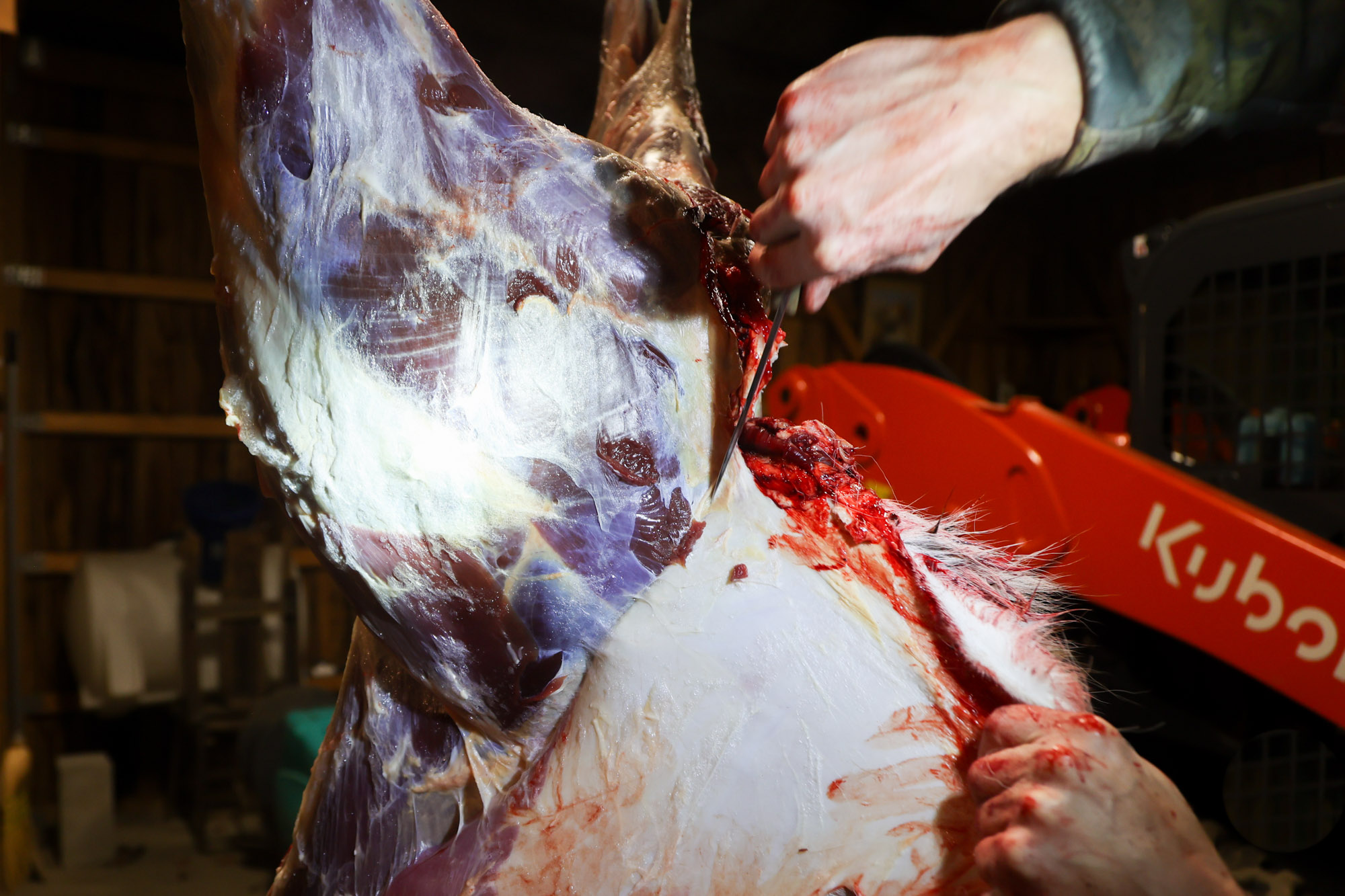
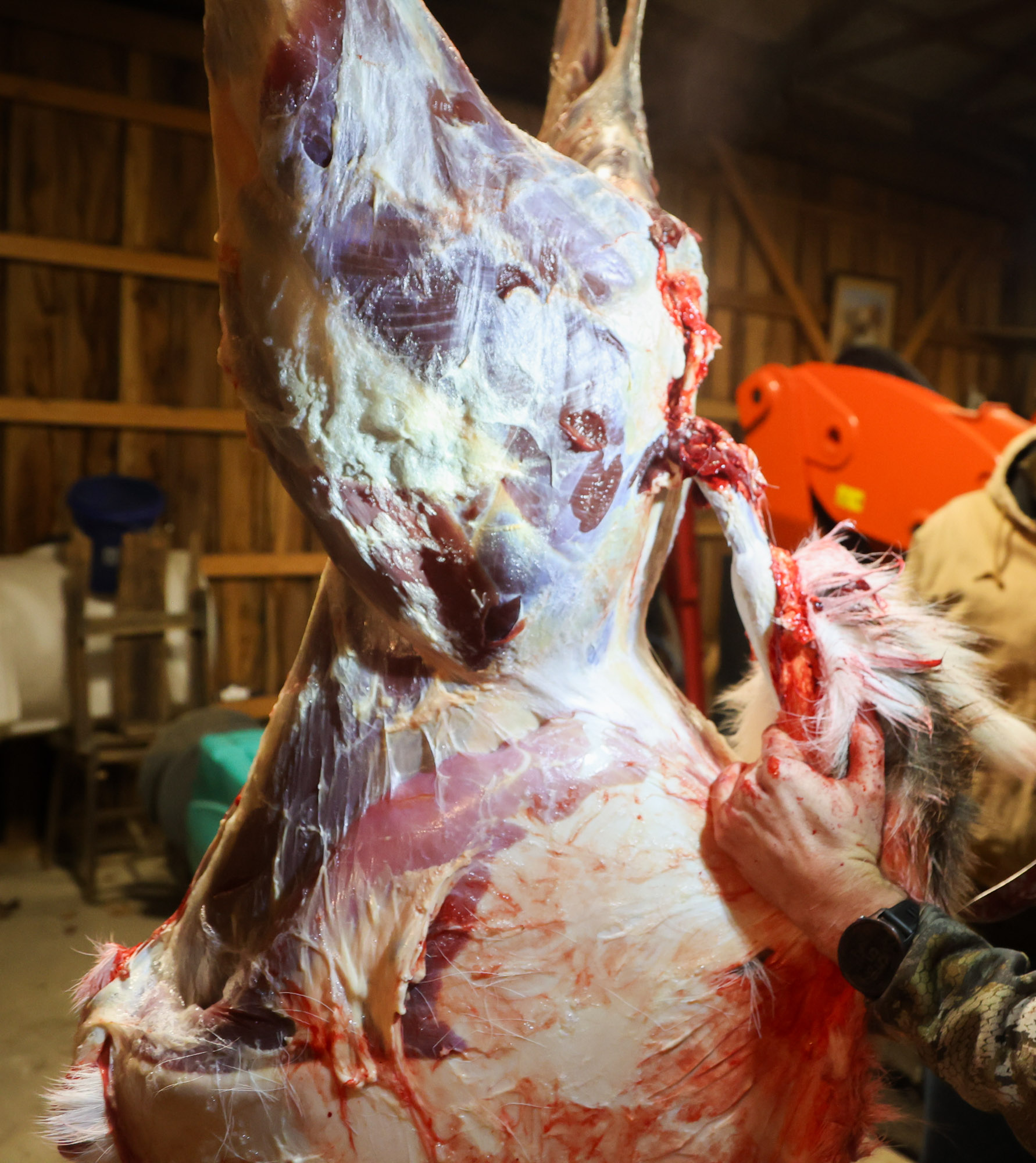
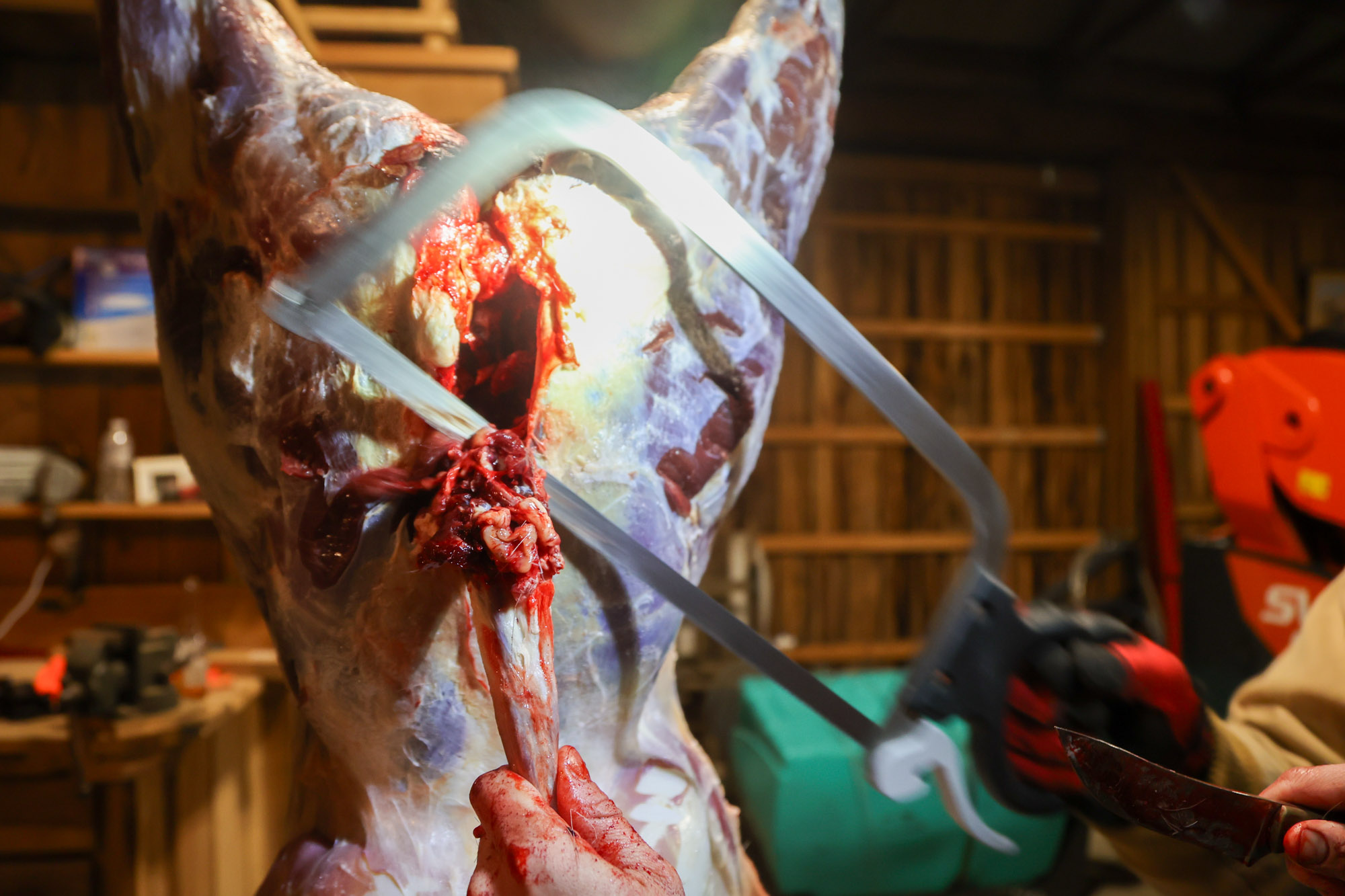
Separate the cover on the tail by both working your knife beneath the cover and pulling it off the tail like yanking off a sock, or reducing the tail off altogether. Use your knife to work between the joints or just noticed it off.
8. Pull the cover down the torso

Now you possibly can start the simplest a part of skinning a deer: letting gravity make it easier to pull the cover off. Chances are you’ll want to lift the deer a little bit for this half. When you’ve used your knife to separate the cover from the tail and the within of the hind legs, set it apart and seize fist-fulls of cover. Utilizing your physique weight, pull the cover towards the bottom. If the cover doesn’t pull free in locations, you need to use your knife to assist launch the cover by slicing the fragile white crackly tissue that connects the pores and skin to the meat. You’ll seemingly want to do that across the stomach space and infrequently alongside the again
9. Proceed to drag on the cover
The cover will begin to type a tube as you peel it away and it will get nearer to the chest and neck.
10. Minimize the cover on the forelegs, or pull the cover over it
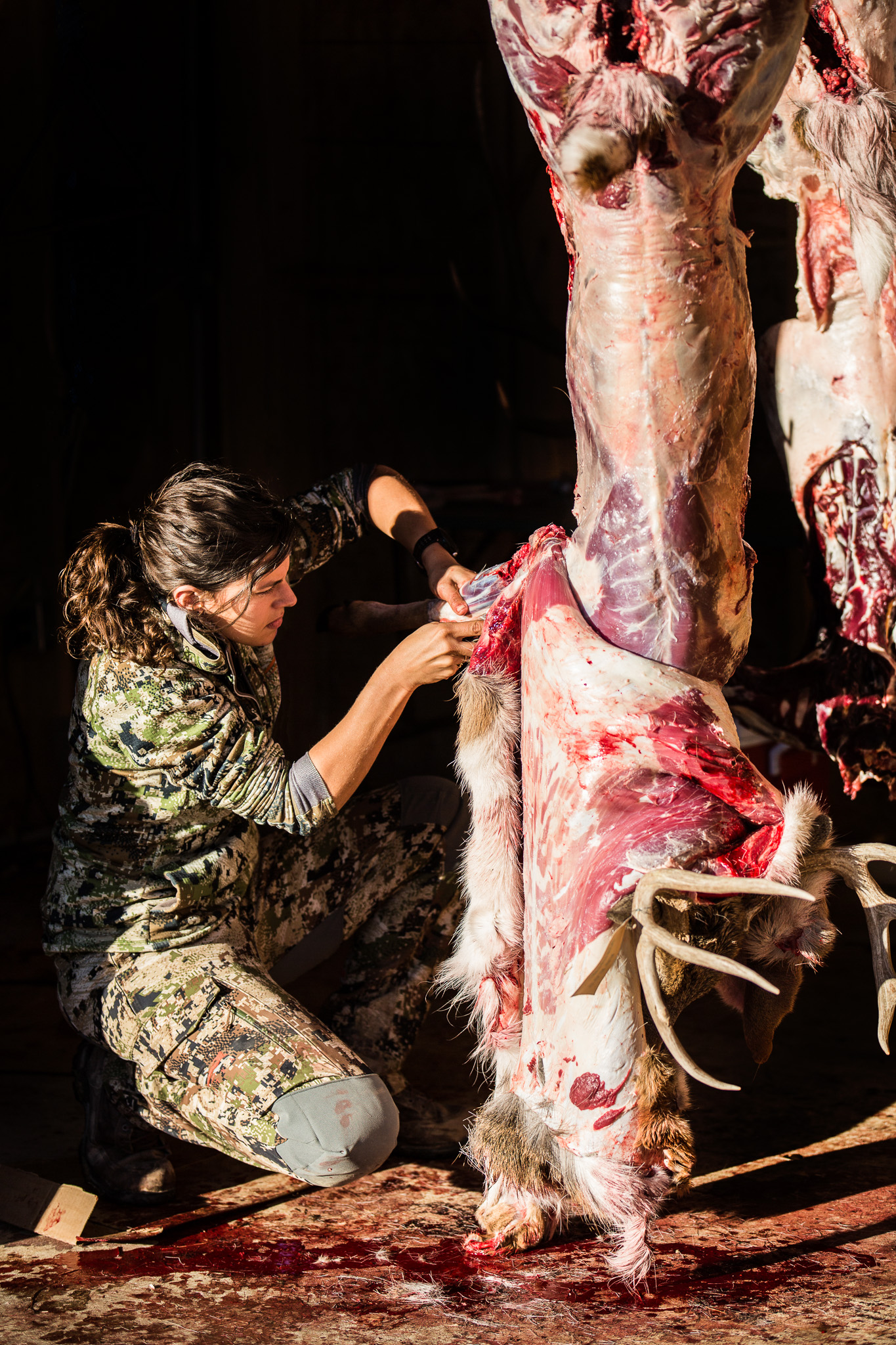
Earlier than the cover will get in your manner an excessive amount of and begins to drape over the forelegs, make cuts contained in the forelegs just like those you made on the hindlegs, beginning close to the knee joint and working the blade alongside the backs of the legs till they attain the physique and chest. (For those who didn’t take away the decrease forelegs earlier than, remember to do that earlier than you attempt to pull the cover over it.) You can too simply pull the pores and skin over the forelegs by pushing down on the cover between the brisket and entrance of the lower entrance legs (see video above). It’s just like pulling off a sock.
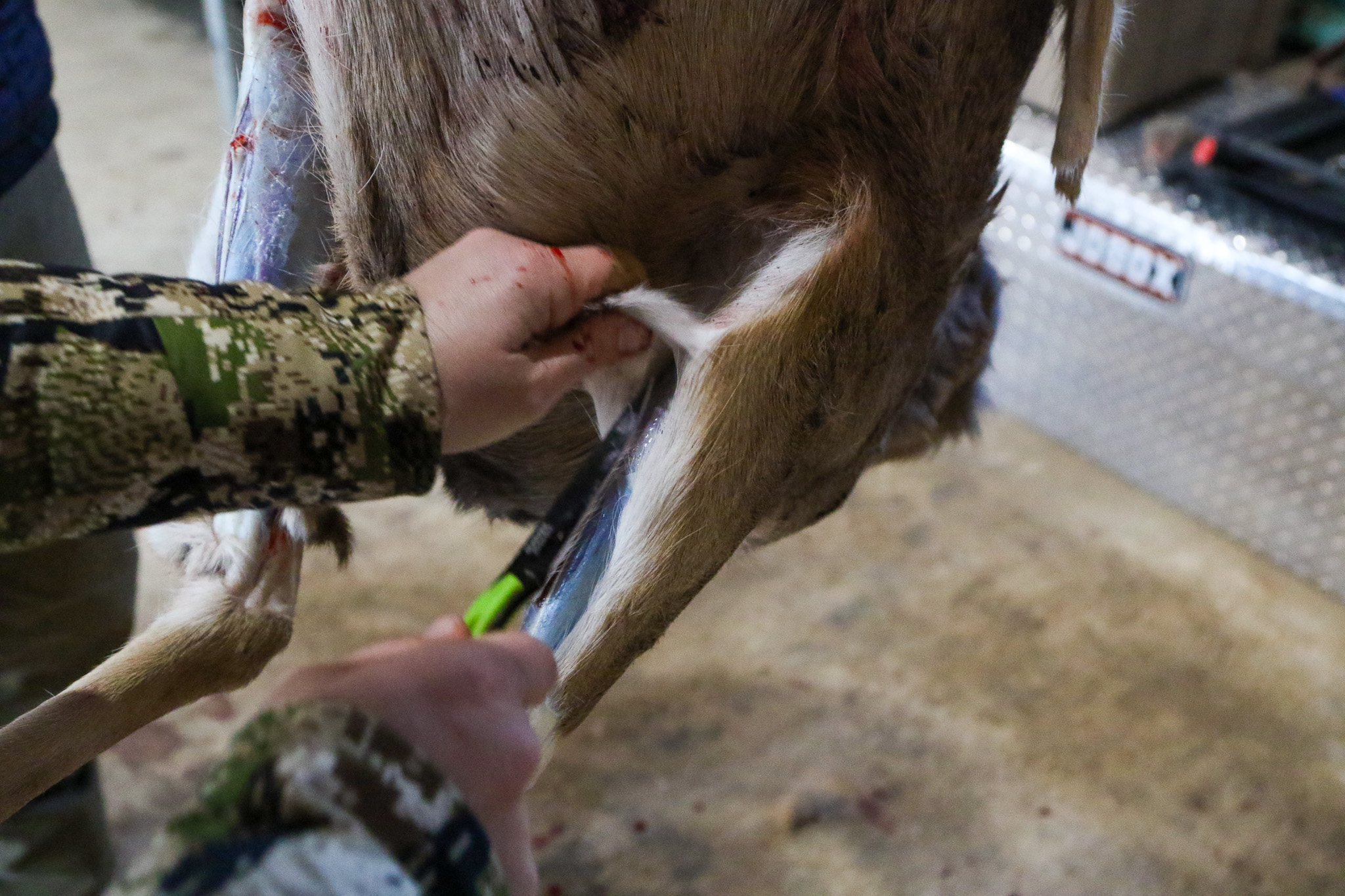
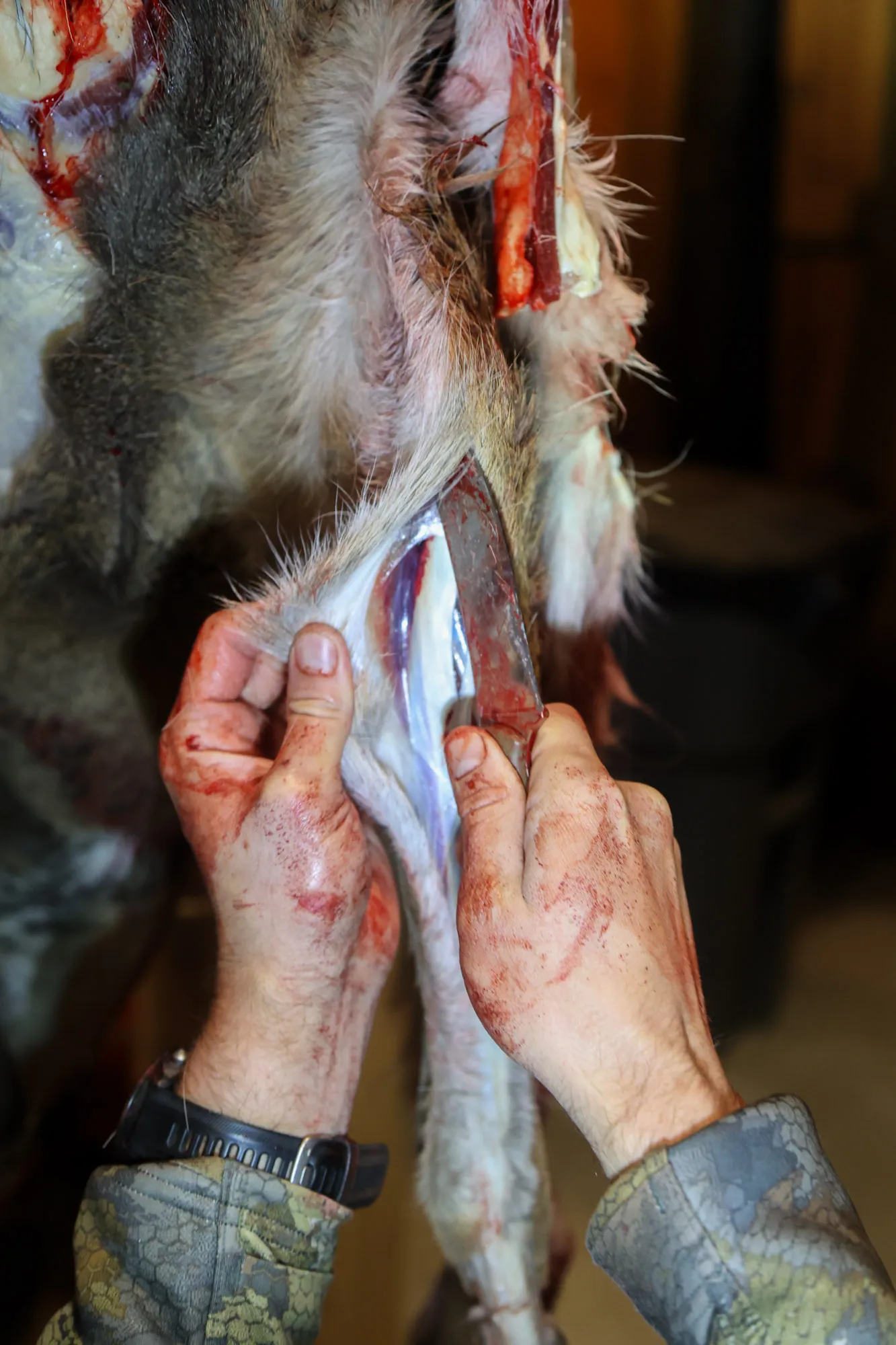
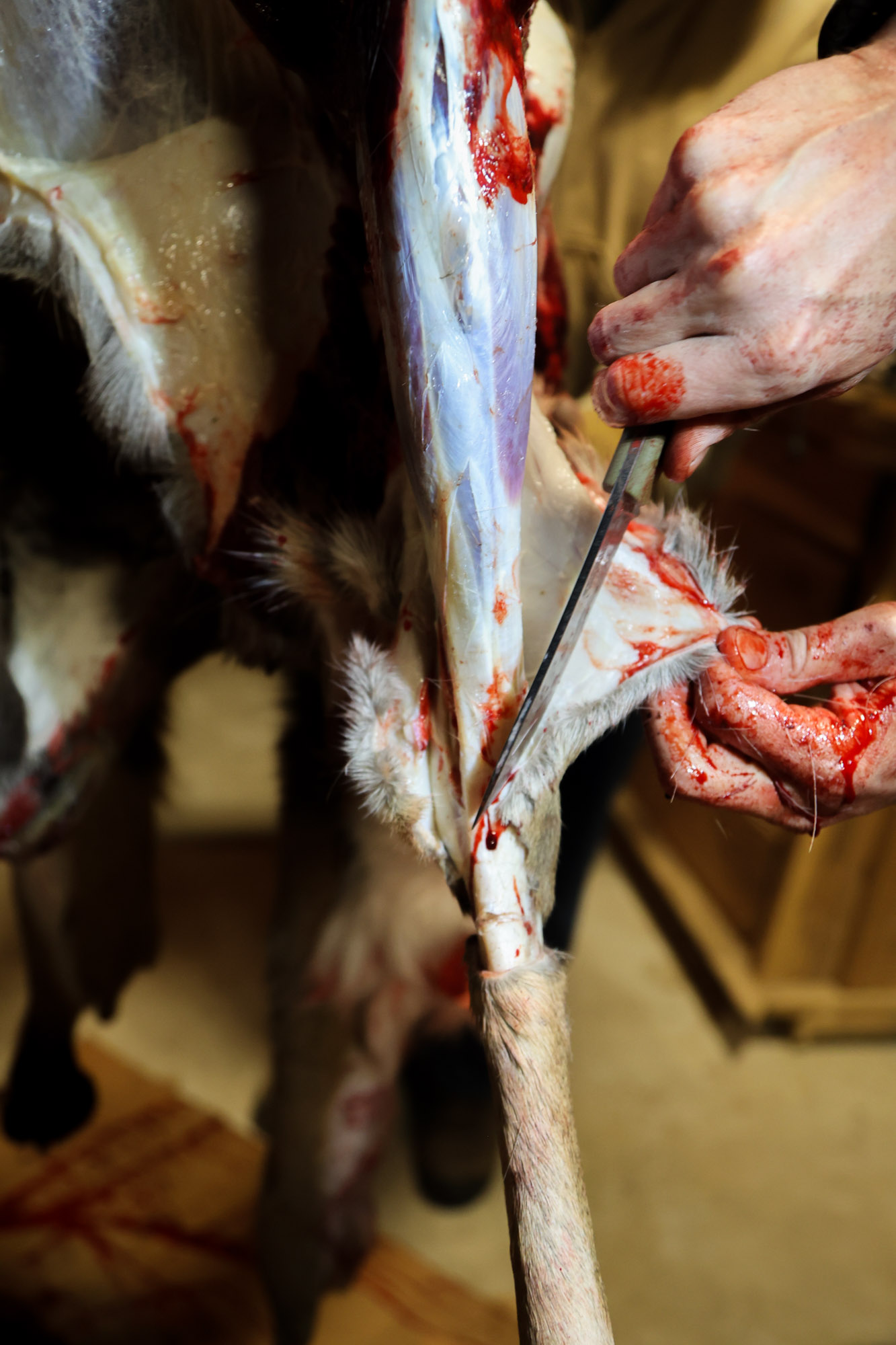
11. Pores and skin the forelegs and shoulders
Proceed to work the cover down over the shoulders and forelegs such as you’re peeling off a sweatshirt. The cuts you made on the legs will seem and you need to use your knife to free the cover.
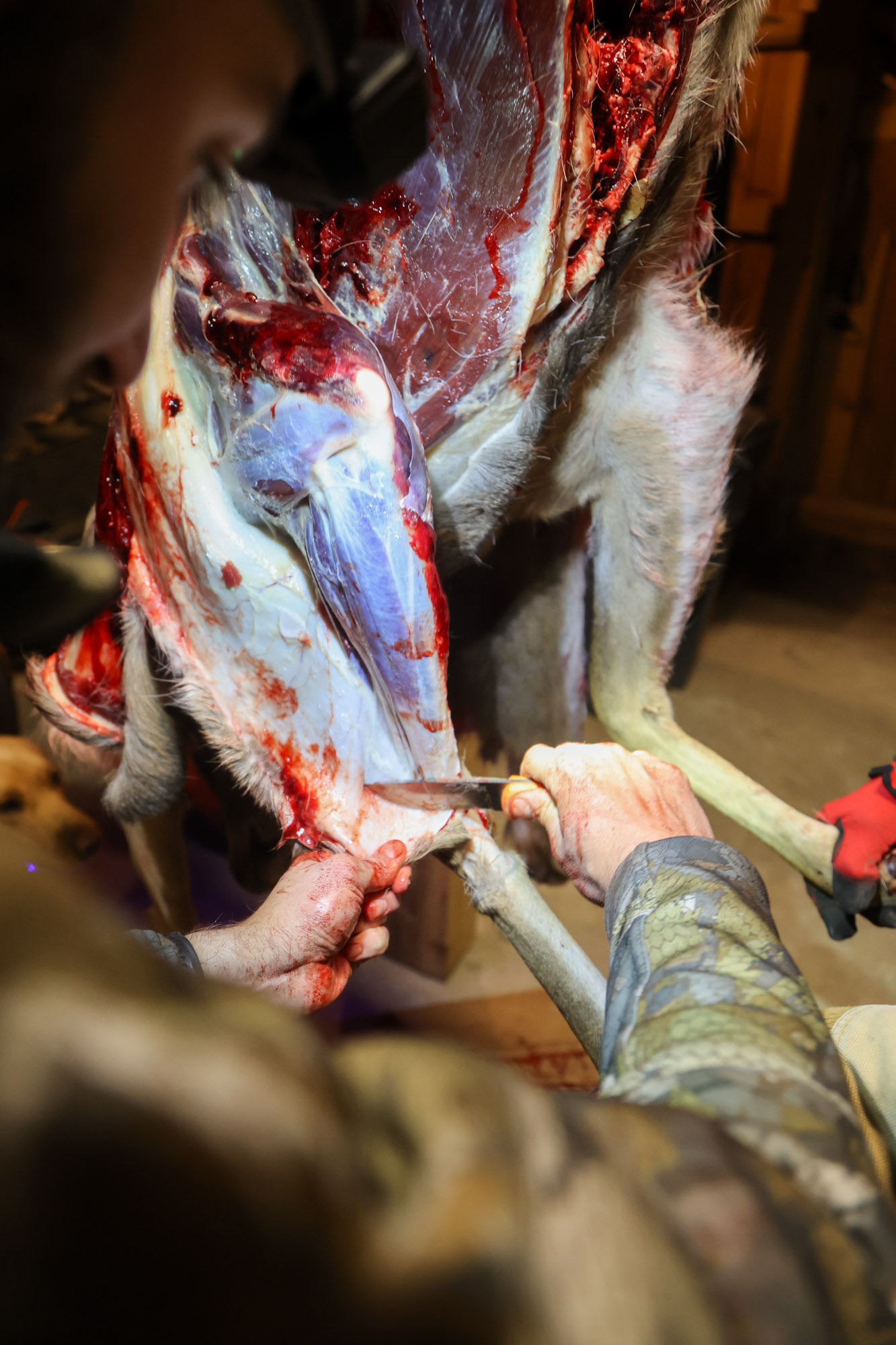
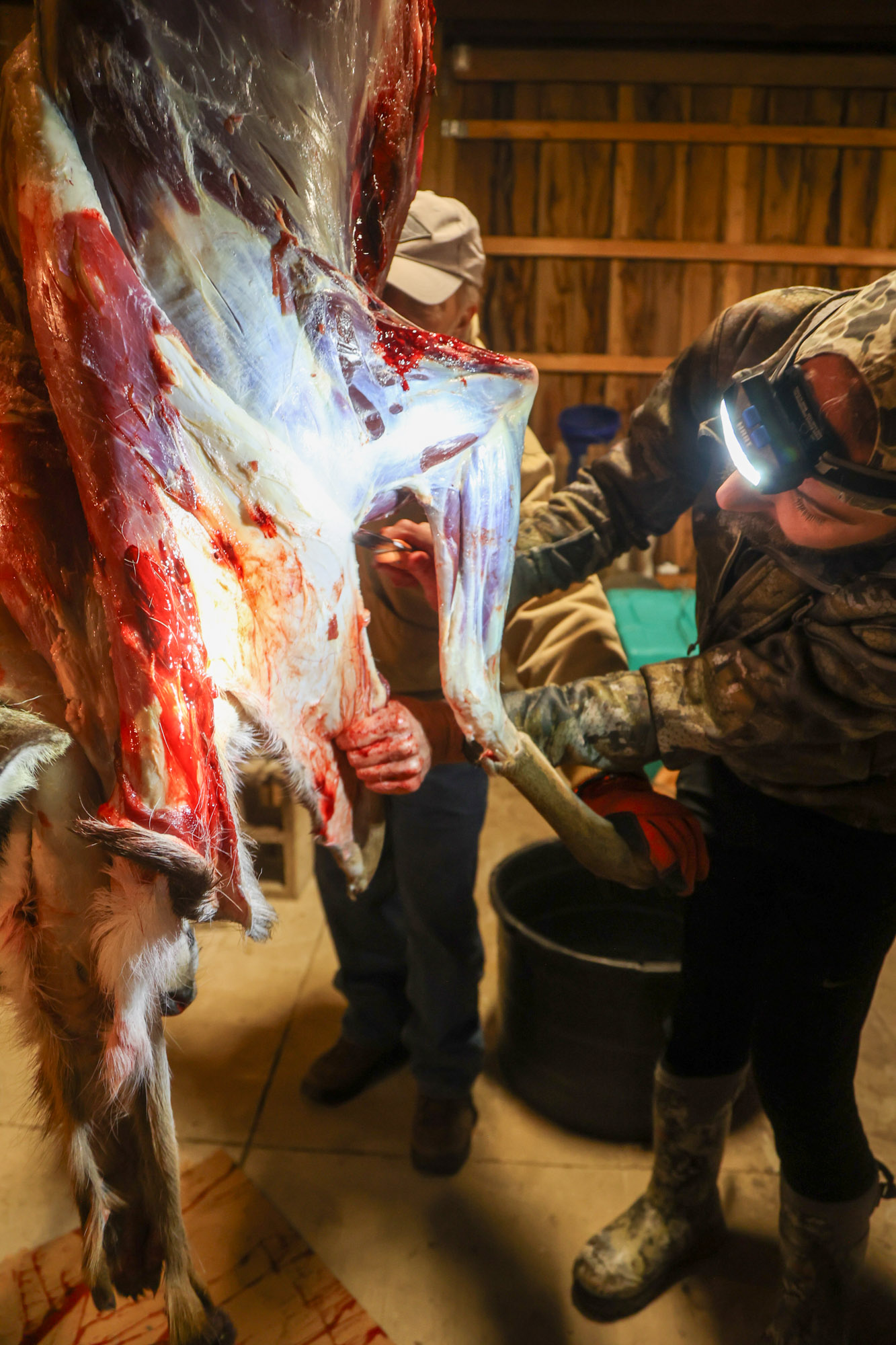
12. Pores and skin the neck
As soon as the cover is over the shoulders, use your knife to separate it from the neck. The freed cover will likely be heavy now and beginning to get in your manner. Use its weight to your benefit so it pulls the on the cover nonetheless linked to the deer.
13. Take away the top on the base of the cranium
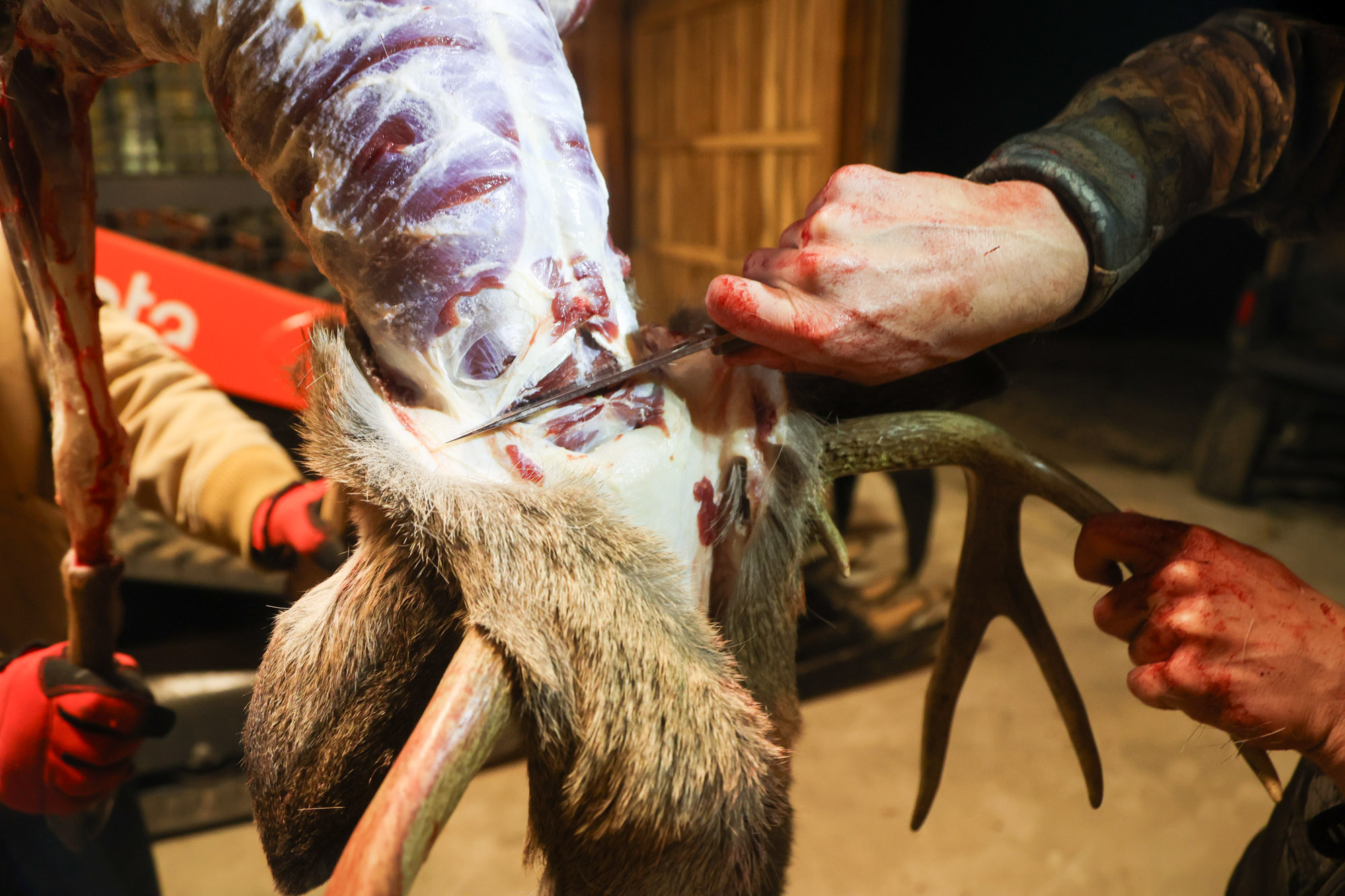

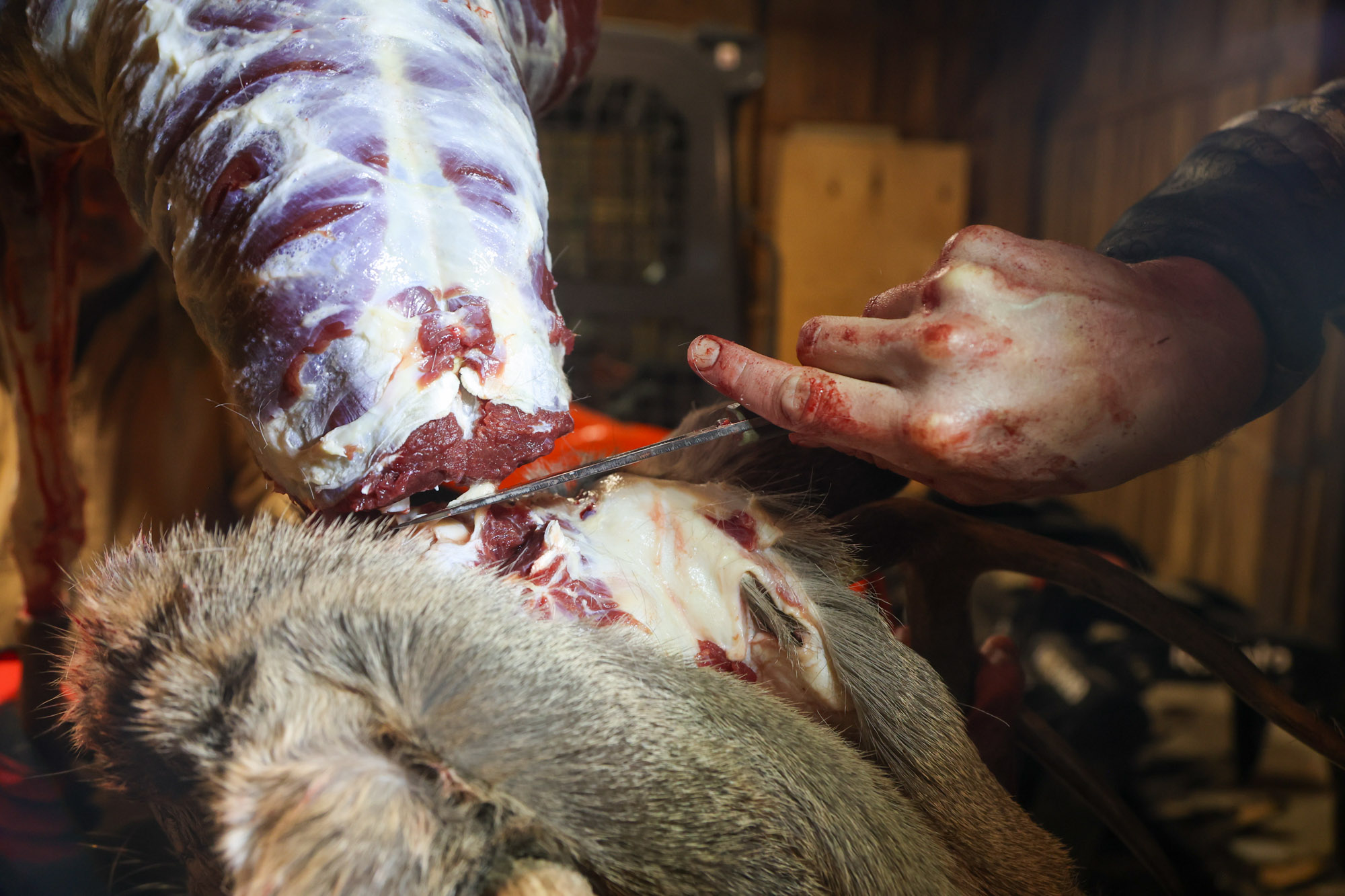
If you attain the bottom of the neck, use a noticed or your knife to sever the top from the vertebrae. You’ll have to chop by meat and tendons on all sides till you attain the backbone. For those who’re utilizing a knife, work by the vertebrae such as you did with the knee joints, turning the deer’s head a little bit bit to assist free house between the vertebrae. You need to make your lower on the atlas joint, the connection between the top and the primary vertebra of the neck and spinal column.
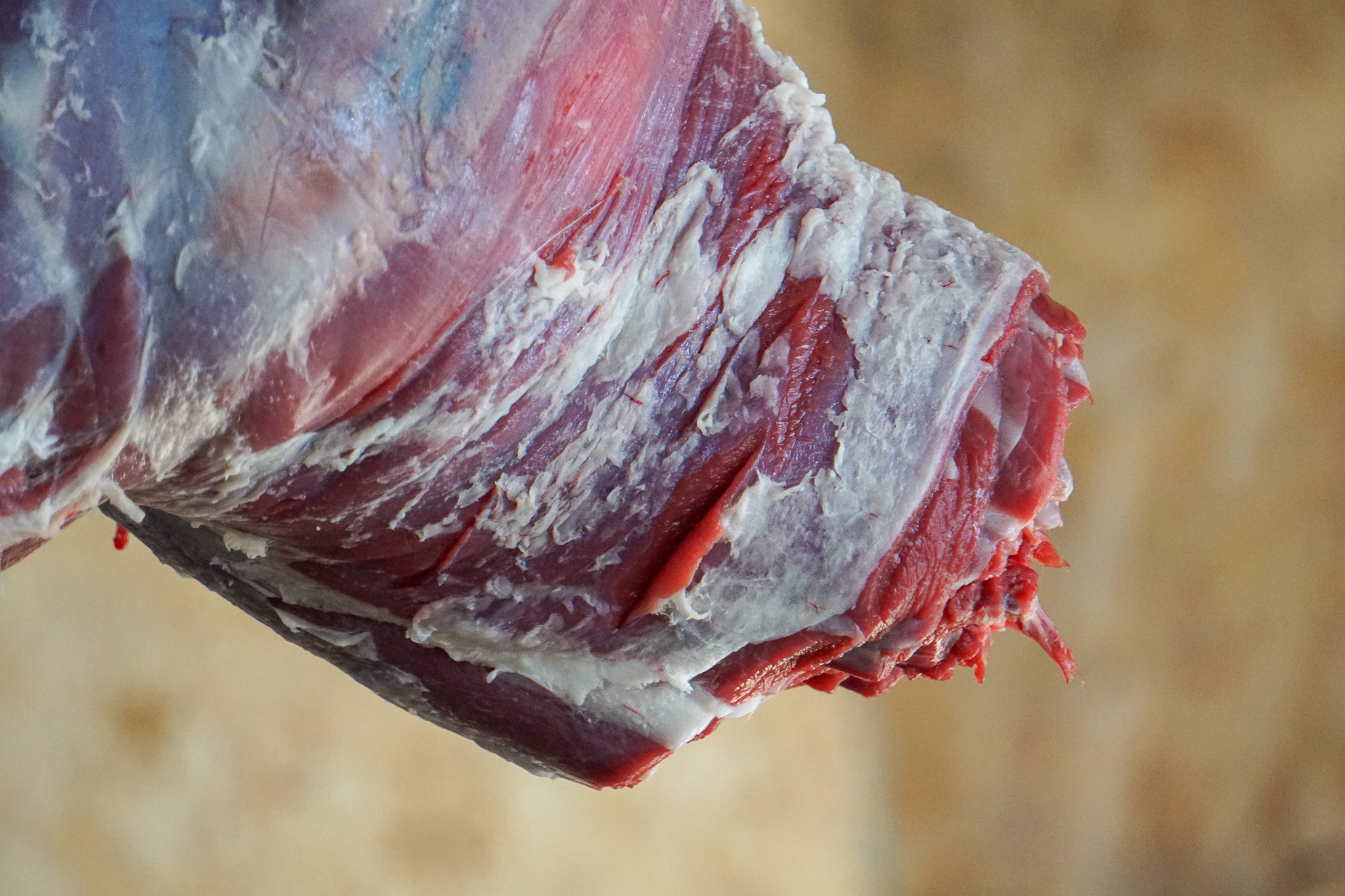
As soon as you narrow by the neckbone the cover needs to be utterly eliminated out of your deer, although nonetheless connected to the top. If it’s essential to get your deer examined for CWD or plan to make a European mount, simply slice away all that further cover hanging off the top.
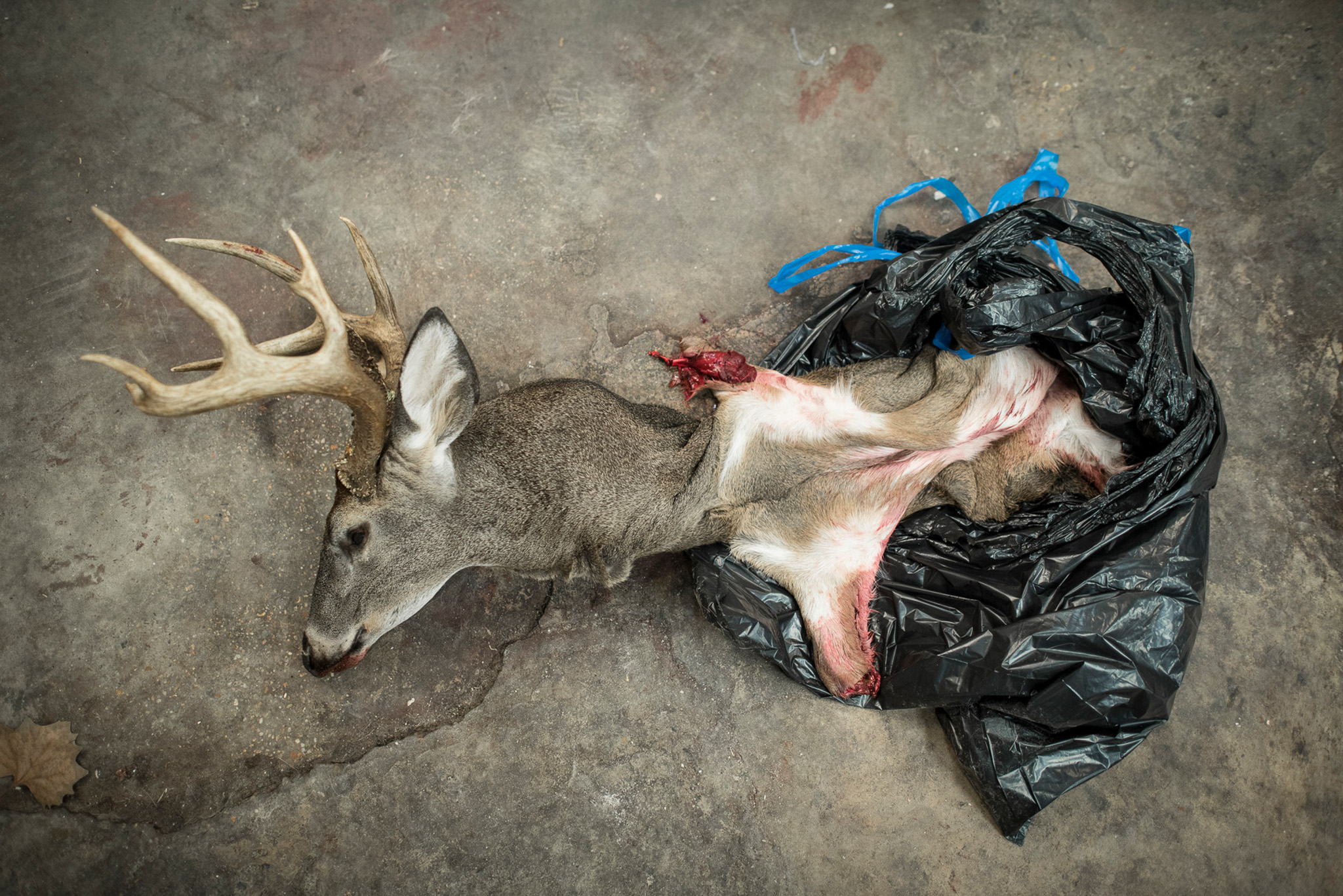
15. Pores and skin the top (optionally available)
This step is just mandatory in case you plan to make your individual cranium mount. Begin on the neck and lower away the pores and skin as you probably did on the remainder of the deer, making cuts parallel to the meat and cranium till you’ve eliminated a lot of the pores and skin. A flathead screwdriver may help free the cover on the base of a buck’s pedicles, which might be the trickiest half to take away. It is a extra time consuming course of and needs to be finished fastidiously to keep away from damage or scoring the cranium along with your knife, which may trigger beauty injury.
Learn Subsequent: Best Fixed-Blade Knives
FAQs
No, you don’t have to hold a deer to pores and skin it. I’ve skinned loads of deer at the back of a pickup, and typically that’s your solely choice in case you’re looking in areas with out many bushes or entry to a barn or meat pole. It’s positively simpler to pores and skin a deer if it’s hanging since gravity helps take away the cover. It’s additionally simpler to maintain the meat clear in case your deer is hanging while you pores and skin it; skinning a deer on a stage floor like a tailgate or out of doors desk makes it extra seemingly that you just’ll get deer hair and probably dust or micro organism on the meat.
The one instrument it’s essential to must pores and skin a deer is a fairly sharp knife. There are many extra instruments that make the job simpler, and people will depend upon the place you’re skinning your deer. For those who’re working within the subject, think about a hitch hoist to your automobile and a pair of loppers to shortly take away legs. When you’ve got the luxurious of a storage, shed, or barn to hold your deer, together with electrical energy, you may spend money on an electrical winch and a Sawzall.
How briskly it’s essential to pores and skin a deer will depend on a couple of elements, together with the temperature outdoors and your state’s carcass transportation legal guidelines. As a basic rule, in the proper circumstances (cool and dry), a deer can hold hide-on for a number of weeks. (See under for extra particulars.) If it’s sizzling and humid, pores and skin the deer as quick as you possibly can to assist cool the meat and stop spoilage. If temperatures are close to or under freezing, you must pores and skin a deer whereas the carcass continues to be heat and the cover is pliable; skinning a frozen deer is each tough and time consuming. In the meantime, CWD legal guidelines in your state might require you to debone all deer meat earlier than crossing county or state strains. If such laws apply the place you hunt or reside, you’re going to want to pores and skin your deer so you possibly can debone it earlier than you hit the highway.
A skinned deer can hold for up to a couple weeks if it’s saved within the correct circumstances. The deer wants to remain cool and dry, akin to sheltered outdoors throughout the winter or (ideally) inside a walk-in cooler set to a constant temperature. Experts recommend hanging deer for 7 to 10 days at a temperature between 35 and 45 levels to permit enzymes to age, or tenderize, the meat. A deer won’t age correctly if it’s frozen.
Sure, you possibly can age deer meat with the pores and skin on. Opinions on this fluctuate about which methodology (getting older venison with or with out the cover) is best. Any meat that’s uncovered to air because it ages will develop a dried crust, and the cover may help defend that meat from drying. I as soon as hung a doe, hide-on, in a stroll in-cooler with the temperature set to 38 levels for 2 weeks. It was surprisingly straightforward to pores and skin after getting older and I misplaced much less meat than once I age utterly skinned quarters. However in case you let your deer hold for for much longer than that (three weeks or extra) the meat might over-tenderize and begin to come away with the cover, forcing you to work slowly and probably losing meat. Nonetheless, letting deer meat hold for at the very least a day or extra may help preserve it dry, tenderize the venison, and focus taste earlier than butchering.
One of the best deer skinning knife is a pointy one. The kind of knife—skinning, caping, boning, or filet—issues lower than its sharpness and the cuts you make. Many hunters and wild recreation processors choose several types of knives for various phases of the skinning course of: There are skinning knives (often slim, useful knives with a sturdy blade), versatile filet knives for working round awkward angles or totally different muscle teams, caping knives for skinning the shoulders and head of a trophy deer, and stout boning knives for separating knee joints. Strive a number of forms of knives to search out the most effective deer skinning knife for you.
Remaining Ideas on Tips on how to Pores and skin a Deer
Keep in mind, there isn’t a single good technique to pores and skin a deer. Each deer hunter and processor I’ve met does one thing barely totally different, and most swear their manner is the easiest way. Discover which instruments and strategies work for a way you hunt and what sort of amenities you may have entry to (if any). The one technique to really learn to pores and skin a deer is, nicely, to pores and skin a deer. So sharpen your knife and get after it.
Trending Merchandise










